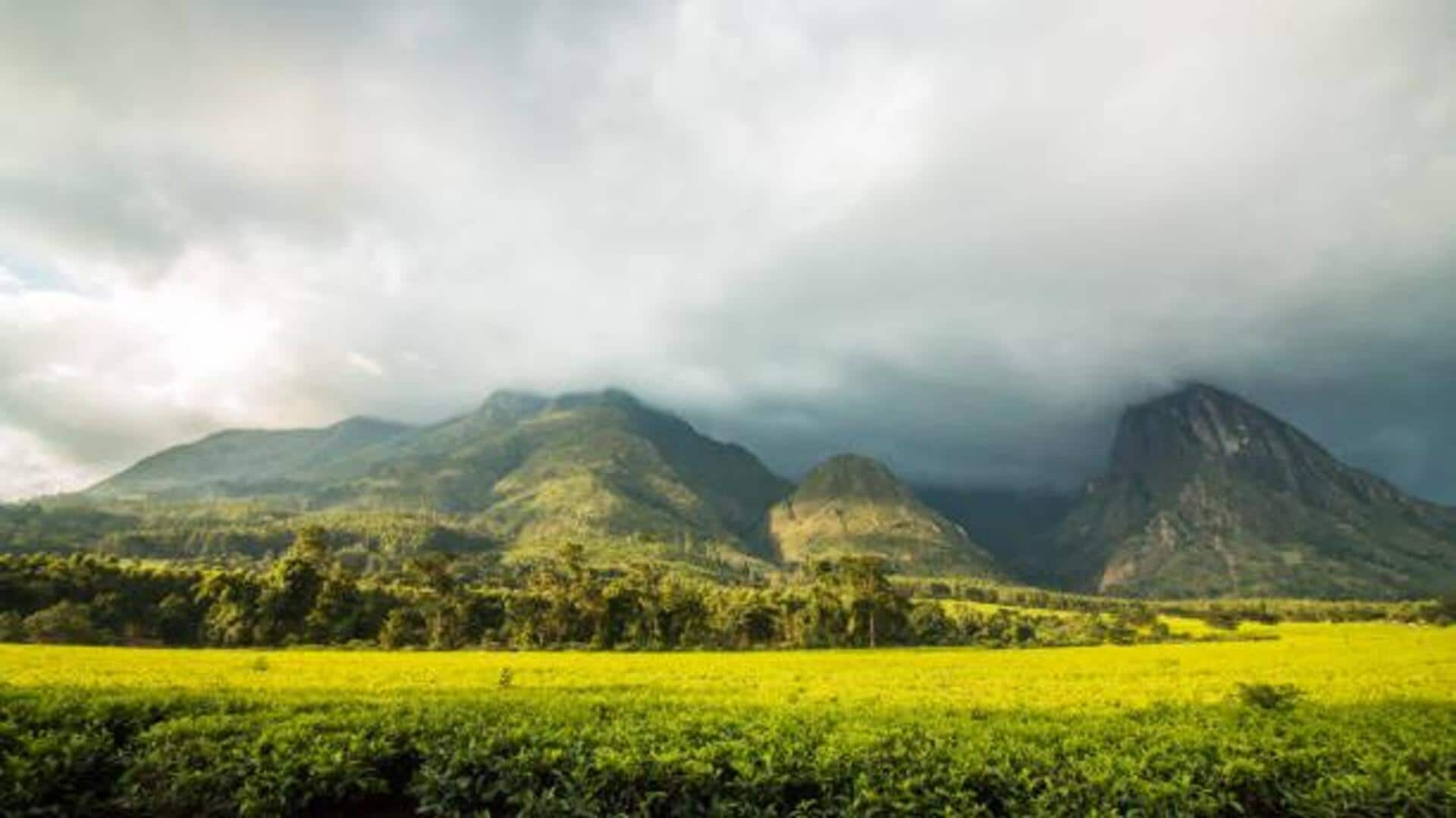
For hikers: Don't miss this epic destination
What's the story
Mount Mulanje, a granite giant in Malawi, is a hiker's dream. The mountain range is famous for its breathtaking views and tough trails. From lush forests to rugged terrains, Mount Mulanje offers a unique experience to trekkers. The highest peak, Sapitwa, rises to over 3,000 meters, making it one of Africa's highest mountains outside the Himalayas. Exploring this natural wonder requires preparation and respect for the environment.
Preparation
Preparing for the trek
Before heading to Mount Mulanje, proper preparation is key. Start by checking weather conditions as they can change quickly in the mountains. Carry necessary gear such as sturdy hiking boots, warm clothing layers, and rain protection. A reliable map or GPS device is also advisable since trails can be confusing. Staying hydrated and carrying enough water is crucial as clean water sources may be scarce.
Trails
Understanding the trails
Mount Mulanje has several trails, each with its own challenges and rewards. The most popular routes include Likhubula Trail, Chambe Peak Trail, and Thuchila Trail. While some trails are easier, others are more difficult. It's important to choose a route according to your fitness level and experience. Guided tours are also available for those who would like expert assistance on their journey.
Biodiversity
Wildlife and vegetation on Mulanje
The biodiversity of Mount Mulanje is spectacular, with several endemic species of plants and animals. The forests are home to rare orchids and unique bird species. Respecting wildlife by not disturbing habitats or littering is important for conservation efforts. Observing these natural wonders adds to the trekking experience while ensuring that future generations can enjoy them too.
Safety
Safety tips for hikers
Safety should always be a priority when hiking Mount Mulanje. Inform someone about your plans before heading out, including expected return times. Carry a first aid kit for minor injuries or emergencies during your trek. Be aware of altitude sickness symptoms as you ascend higher peaks like Sapitwa, where oxygen levels are lower than at sea level.